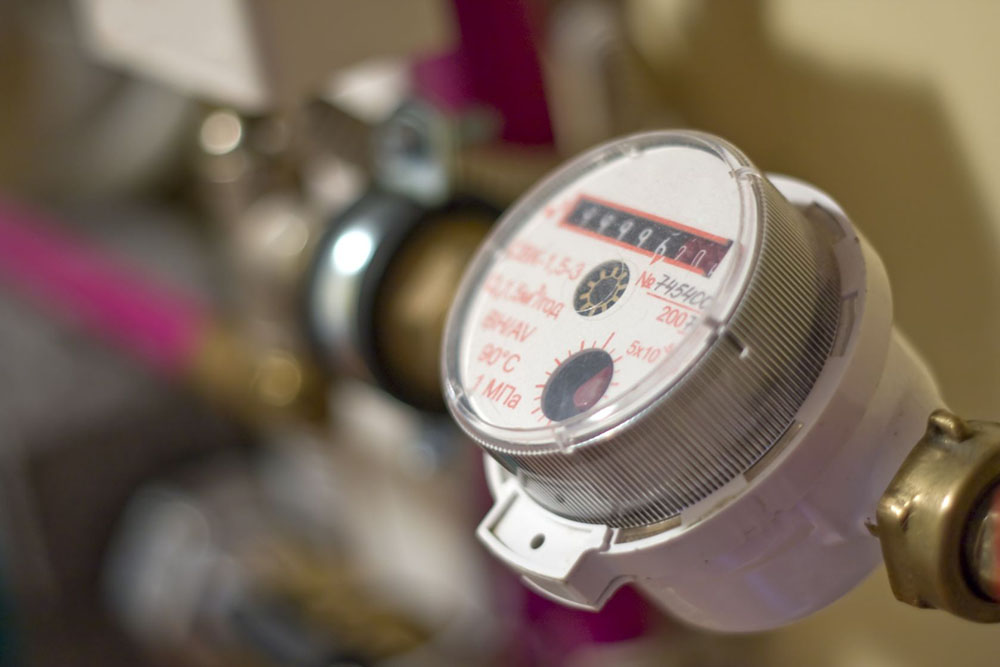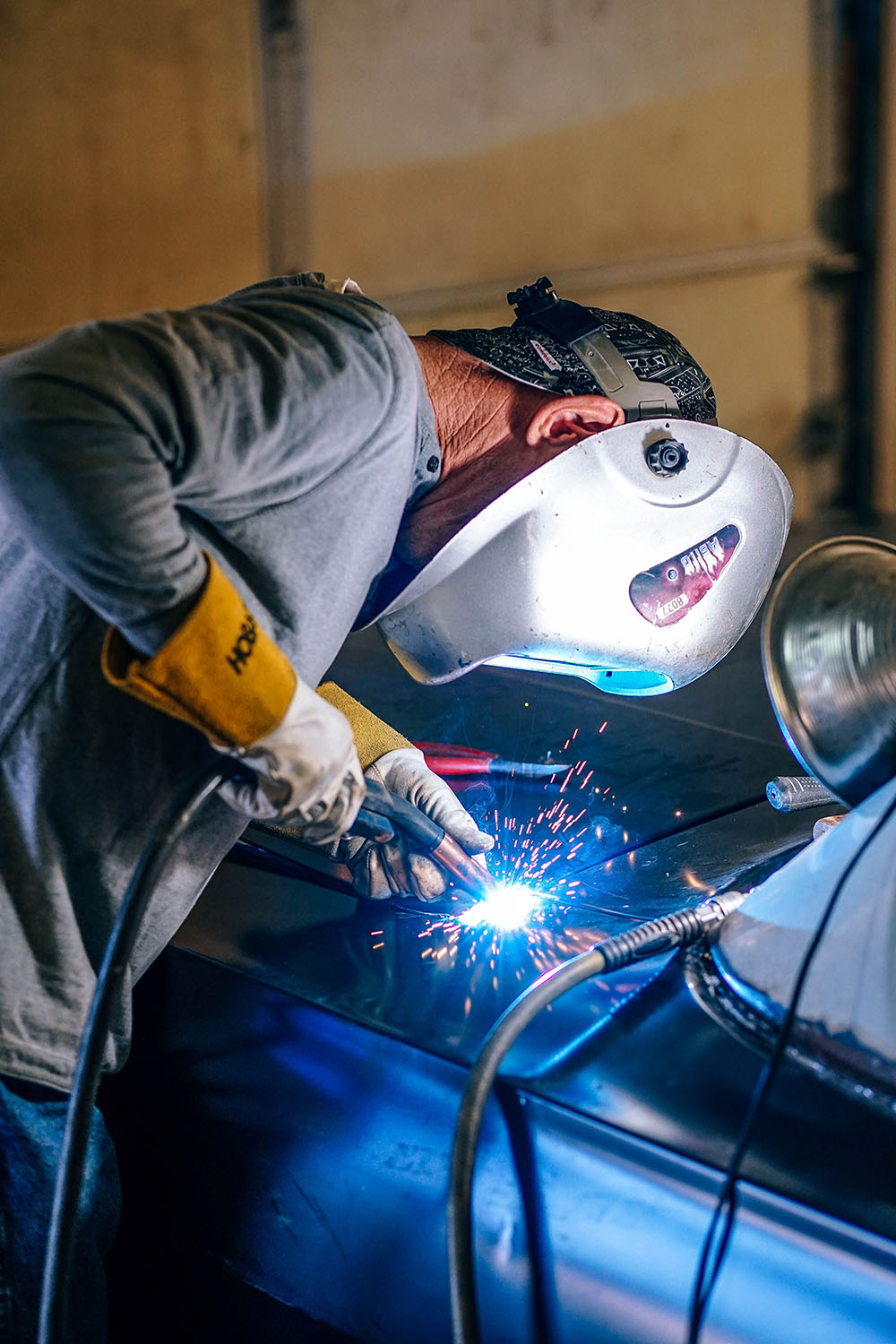VIDEO TRANSCRIPTION
Hola a todos
Recently, some colleagues and I introduced a knowledge pill in our work that dealt with the concept of Industry 4.0. Well… to me, a person who likes a lot videoblogs and all these kinds of cool things, as cool as the one you're looking at, I thought to myself, why not to make one that I would name "Industry 4.0 - Everything you wanted to know".
The four phases
So, the first thing you must know is, why is the fourth? It’s easy. Because there were about three before. About the first one, the 1.0, people say was around the 18th century, specifically in 1784 when a machine was built to create the first mechanical loom. The complexity wasn’t very high but enough to start to do things little more mechanized and less craft.
The second point, Industry 2.0, would be around the end of the 19th century when the first conveyor belt was installed at the Cincinnati slaughterhouse and when the mass production concept began, thanks to an assembly line and the electricity that fed it.
And the third was about last century seventies, when they invented the programmable logic controller or PLC concept. Here the evolutionary advantage came with the electronic systems and the computer technology that surrounds PLCs, thus enabling some globalization and factories relocation.
And 4.0, in the end, is just a point at time that we’re living today in which there’s an incredible confluence of different methodologies, social and economic thoughts and very disruptive technologies like IoT, cyberphysical systems, Artificial Intelligence, hyperconnectivity, Big Data ... many things that are allowing, for example, obtain greater efficiencies in these production chains, simulate virtually our factories or products, prevent damages or malfunctions... And that’s also something that is allowing us to have a more skilled workforce, working in other added value tasks instead of routine or artisanal jobs, thanks to software appliance.
The third Industrial revolution
So, to me one of the things that interests me a lot, and that I like a lot, is what Jeremy Rifkin says, which I advise you very much to pay attention and to read his books, for example "The end of work" edited in 1995 or "The third industrial revolution" that is the concept where I would like to pay attention now.
Perhaps it’s a kind of contradiction between who called 4.0 and Rifkin’s third industrial revolution. In essence the results are the same. What Mr. Rifkin is telling us, in one way or another, is that capitalism have seen its day. This is, we’re reaching a point in which we are going to be able to produce products so cheap that it makes no sense to marginalize those products. This will be the zero marginal cost society. Mr Rifkin considers that It must converge three ingredients to make it possible such a disruptive revolution, the first two and this current third. So, there must be a revolution in these three concepts: in communications, in energy and transport.
The first one, more or less, could be when there was the confluence of the telegraph’s invention, the steam engine arrival for energy matters and the train that allowed a much more agile transport, more than the Pony Express. Sure.
The second wave would come with the telephone appearance for communications issues, all that represents the energy derived from oil and the subsequent factories electrification and then in transportation, everything around the automobile concept as a new way of transporting things much easier.
And the third, is the same, something that is still happening nowadays. Something like the appearance of such an ethereal concept in communications as internet or all the push that renewable energies and all the initiatives in that direction are bringing to all kind of Industries. And a concept that I really love, the electric and autonomous vehicle. That is an unstoppable reality that is going to have a tremendous impact in logistics and transportation.
Customer and product
But maybe the key factor for me, well for me and for many, the key factor in this revolution has been the new relationship between the customer the product. Many people talk that we’re in the customer era. And what does it mean? That not everything is technology in the 4.0. We’re in the era of thumb up or thumb down. It's a bit like customers are the new industries Nerons. So, it’s obvious that a great change in demand has happened.
We don’t just buy anymore. What we are doing first today is discovering our own needs. From there, we explore and search where the best prices are. We buy, that is already not only the act of the purchase. It’s everything that surrounds it. So, once I’ve received and enjoyed the product, I’m able to share with the rest giving my opinion and experiences. This simple act can influence in other people who at the same time is exploring their needs and we go back to the cycle. And that's a big change. A big change in demand.
Hyperconnectivity
In the end, we’re in a hyperconnected world. If you remember, information was handled by a few before. That has changed dramatically. We all have access to almost everything. We can compare. We can do a lot more than before when we could only absorb what some interested people shared with us. In despite these gentlemen use other tricky techniques to continue to deceive us, now there’s a real freedom to discover. That makes the power that, in the end, we’ve got as consumers.
Customization
But also, as we got that power, we’ve certain other requirements. Every day we demand more. Every time we demand a higher level of commitment with brands and providers. And, in the end, that demand we’re saying, a well-informed demand, makes that we not only value the price, but also value product and service customization, fast delivery and energy sustainability in everything inside our experience, including also the production process behind the product I enjoy.
Other amazing advances
So, to keep up with this interesting issue, other breakthroughs that may have made possible the existence of a 4.0 concept. First, the smart manufacturing development and smarts factories proliferation, with a series of are more respectful with environment smarter power generators. Also, the agility paradigm that is transforming Industry to get more efficient and agile resources allocation. Another one is communication issues or the existence of much better communicated production chains. In addition, all about flexibility or individualization as we’ve commented before. Today we’re creating or updating more flexible and individual manufacturing processes. Or also logistics, that is the appearance of new logistics tools based on a constant flow of available data and information. And, in a last point, the digitalization concept, a bit stale already.
See you at the second part where I’m going to talk about trends and fears. Don’t miss it…







